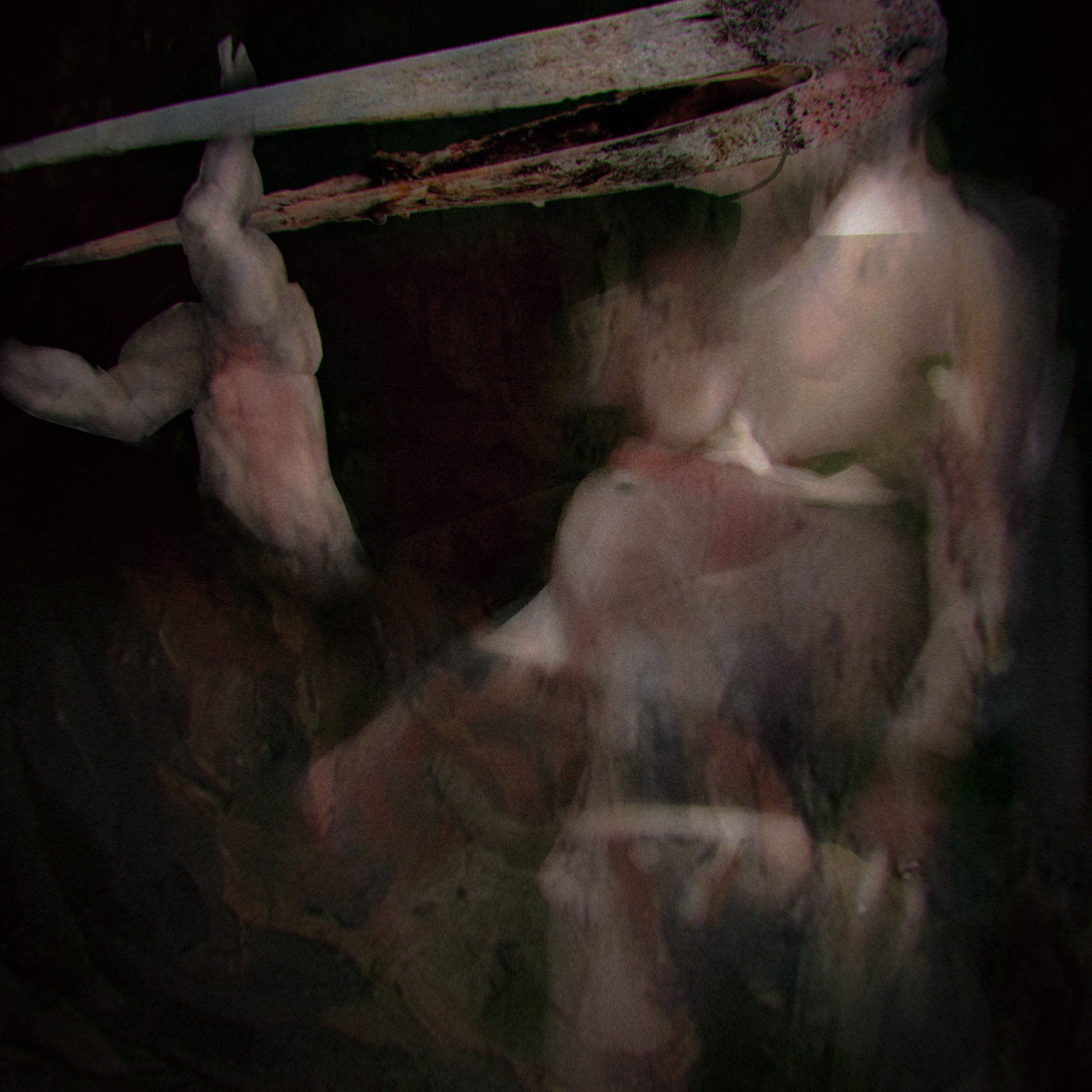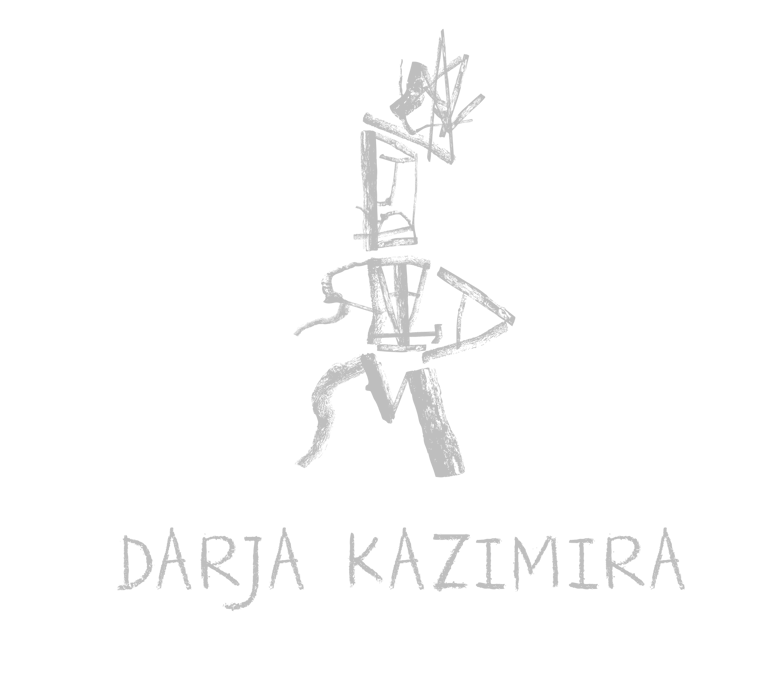


Ο θάνατος του Ταύρου
(Death of The Bull)
The image of a bull is originally a symbol of male sexual energy. Rampage, wildness, and seed. Touching this archaic incarnation of male passion, we, first of all, made a jump into the abyss of Greek mythology, recalling the cult of Zagreus, having bathed in the mating caresses of kings and queens who copulated on a bull's bed and reached the cult of Dionysus, with its female orgiasms eclipsing consciousness. Transferring these images to the musical surface, the problem of interpreting the mythical paradigm that developed in Ancient Greece, covered by stereotypes and rigid semantic frameworks, became obvious to us. Accordingly, the statement of this difficulty became the foundation for free semantic searches, through which we came to the need to purify the myth to everyday reality. It was this path that allowed us to see the real image of Chthonia, surpassing in its originality the Bull, which occupied a central place in the patriarchal system of values. Before us appeared a deity who was born next after Chaos itself and personifies the forces of the Earth. She is the true embodiment of coldness, cruelty, voluptuousness, fertility (a creative element)...her bosom contains the afterlife and is caressed by the hands of peasants who scatter seeds and cultivate the land. Nurse and grave. However, this connotation seemed to us unidirectional, where the feminine principle is eternally burdened with parental necessity. And once again looking at the essence of Chthonia, we realized that a deity can wish for barrenness. This thought opened up an existential dimension to the relationship between sacrificial faith and autonomy, what is commonly called God's will. We made the Bull useless seed and blood that sprinkled the altar. We became the voice of the people, burdening our deity with questions of fruits and allowed Chthonia to abandon motherhood, patronage, becoming the purest destroying force. Destroying from the fact that a person is simply opposite to her and is not visible to her.
Sound concept
The sound of this album was inspired by the rich authentic musical traditions of the Balkans. The main focus of research attention in this work was Serbia and Croatia, which are distinguished by special systems of polyphony and unique musical and story-telling traditions. To implement this concept, it took several years to study ethnographic material, including audio recordings, books, research papers, work directly with authentic musical instruments, etc.
In turn, as in many of my other works, the auditory concept of the instrumental arsenal implied the manufacture of homemade musical instruments and the use of improvised household items such as basins, pots, pipes, metal sheets, industrial rubber bands and springs, and much more.
However, in order to create a general impression that this material came from the most ethnographic depths, the instruments indicated in the official description do not correspond to reality and were information profonation, as well as many other information provided at the time of the album's release.
Auditory concept, instruments, voices - Daria Kazimira
Other voices, assistance - Elizaveta Dedlovskaya
Artwork - Maxim Babkin-Taksar
The album was released in 2019 by Aurora Borealis Recordings
